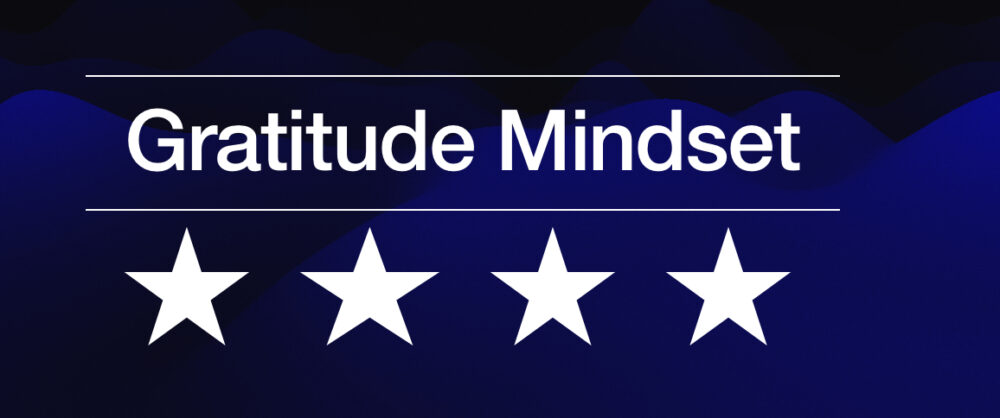Monday Morning Outlook
Lifting Our Target for Stock Prices ……..To view this article, Click Here
Brian S. Wesbury, Chief Economist
Robert Stein, Deputy Chief Economist
Date: 7/8/2019
The S&P 500 is up 27% from its Christmas Eve low, and 19.3% this calendar year through the close on Friday – not including dividends. Last December, our forecast for 2019 was 3,100. We’re just 3.7% away.
As a result, and in combination with our continued bullishness, we are raising our year-end 2019 S&P 500 target to 3,250 from 3,100, with the Dow Jones Industrial Average now estimated to finish the year at 29,250.
Our starting point for setting a stock market target is always our Capitalized Profits Model, which continues to scream BUY.
The model takes the government’s measure of profits from the GDP reports divided by interest rates to measure fair value for stocks. It looks at every quarter dating back to the early 1950s and we let each of those quarters tell us where the stock market would be today if equities had increased as much as the ratio of profits to the 10-year Treasury yield. We then take the median of all those predictions (each historical quarter generating its own prediction) to estimate fair value today.
Using a 10-year Treasury yield of 2.03% combined with corporate profits from the first quarter suggests a fair value on the S&P 500 of 5,080!!! This is absurd, and the market will not price it in because it knows the Fed is holding interest rates artificially low.
In fact, the stock market has been significantly below our model’s estimate of “fair value” for a decade because everyone knows that interest rates are artificially low. In other words, our model says that the analysts who argue that asset values are in a bubble because of the Fed are wrong. If the market fully incorporated these low rates it would be significantly higher.
Another way to think about this is to ask what interest rate would put the market at fair value with current corporate profits. The answer is a 10-year yield of 3.45%, which is an interest rate we haven’t seen since early 2011 and doesn’t look likely anytime in the near future.
The interest rate that would make 3,250 fair value is 3.175%, which is also higher than yields are likely to hit. Moreover, corporate profits are likely to rise in the quarters ahead, which suggests room for equities to rise above our 2019 target in 2020 and beyond.
If, on the other hand, corporate profits were to drop by 15% and the 10-year yield rose to 2.7%, fair value would be 3,250, which shows how robust our stock market target is to changes in the economic and financial outlook.
Another reason to be bullish about equities is that the Federal Reserve has made it clear it will cut short-term rates if the economy falters or if inflation stays low. We think cutting short-term rates is unnecessary, but we have to factor-in what the Fed is likely to do, not what it should do. Even just talk about or expectations of future rate cuts will help hold down the 10-year Treasury yield relative to where it should be based on economic fundamentals.
And last, we think the next several months are more likely to lead to trade deals than an expansion of tariffs, as the election in 2020 approaches.
Some analysts and investors are concerned about the stock market because they can’t see corporate profits going much higher. We think that’s mistaken; the growth rate of corporate profits will be slower in 2019 than in 2018, but the level of profits has further to go up as businesses continue to adapt to a much lower tax rate on corporations and continued improvements in productivity.
Raising our target doesn’t mean there can’t be a correction at some point, perhaps even in the near future. Corrections come and go and we’re not in the business of trying to predict the monthly or quarterly variation in equities, nor do we think anyone else can do it on a systematic basis. What it means is that we think equities are headed much higher and that the S&P 500 is more likely to blow through 3,250 by the end of the year than it is to fall short.
We know people call us perma-bulls. We’ve been bullish since March 2009. But this bullishness is based on our Capitalized Profits Model and our outlook for profits and economic growth. Call us what you want, but the fundamentals still point to rising stock prices. Tally ho!
This report was prepared by First Trust Advisors L. P., and reflects the current opinion of the authors. It is based upon sources and data believed to be accurate and reliable. Opinions and forward looking statements expressed are subject to change without notice. This information does not constitute a solicitation or an offer to buy or sell any security.
Like this:
Like Loading...

